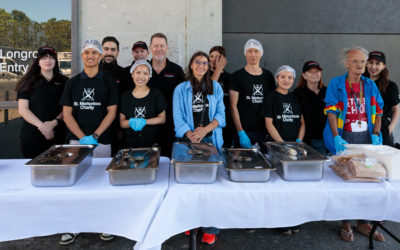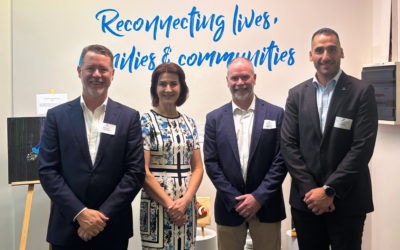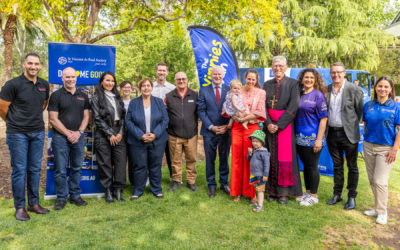12 October 2018 – PAYCE director Dominic Sullivan takes a look at what smart city technology can do for major urban renewal.
There’s no doubt technology and the pace of change has had a profound effect on the way we live.
But trying to work out if technology actually leads to a better life is often a trickier equation.
For the doubters, the smart city projects now underway around the world show real promise – that is they will allow us to be better connected, better supported, and enjoy a better quality of life.
A study by Intel and Juniper Research produced a report showing the measurable benefits citizens would see in their daily lives from smart city projects.
It looked at 20 cities around the world, with a focus on four key areas: mobility, health care, public safety and productivity.
It found that smart city technology across these four areas could save citizens 125 hours a year.
Yes, that’s an extra three weeks to spend with family, go on holiday or spend time keeping fit and healthy.
Implementing smart city technology needs to be done in partnership with the private sector, government and the community.
Traffic congestion is a real dilemma for cities around the world, and Sydney is no exception.
As reported in ZDNet, Ericsson has announced that it will provide the technology behind a smart cities traffic solution currently being implemented in Dallas, Texas.
The solution is designed to ease traffic congestion by the use of an interface to automate and facilitate systems monitoring, performance monitoring, management, and maintenance, with the ability to share data across and between cities.
Ericsson began implementing the Advanced Traffic Management System (ATMS) using its Connected Urban Transport solution in the City of Dallas at the end of last year, with the system to be operational by 2020.
“The Connected Urban Transport solution will give the City of Dallas and adjacent cities the ability to aggregate and analyse diverse, real-time data from traffic sensors and cameras to dynamically control traffic lights, school flashers, and message signs,” Ericsson explained.
“The solution will allow the City of Dallas to expand its knowledge about traffic issues and assist with operational decision making to improve traffic flow.”
The recent Smart City Awards in Sydney, run by the Committee for Sydney and backed by PAYCE as a founding partner recognised several ground-breaking initiatives.
Among the award winners was the City of Parramatta FloodSmart project.
Developed in collaboration with Sydney Water, the Bureau of Meteorology and NSW Office of Environment and Heritage, FloodSmart Parramatta is a new warning service for flash flooding in the Upper Parramatta River.
The project draws on dynamic datasets to create an online dashboard that sends out automated alerts up to twelve hours before flooding is predicted.
For PAYCE smart technology is at the forefront of our thinking for new developments, including Melrose Park, in Sydney, which will see a run-down light industrial area transformed into a modern and connected community.
We are investigating ways to not only improve the function and efficiency of spaces but also looking at digital systems to improve the experience of users and visitors in the places we create.


